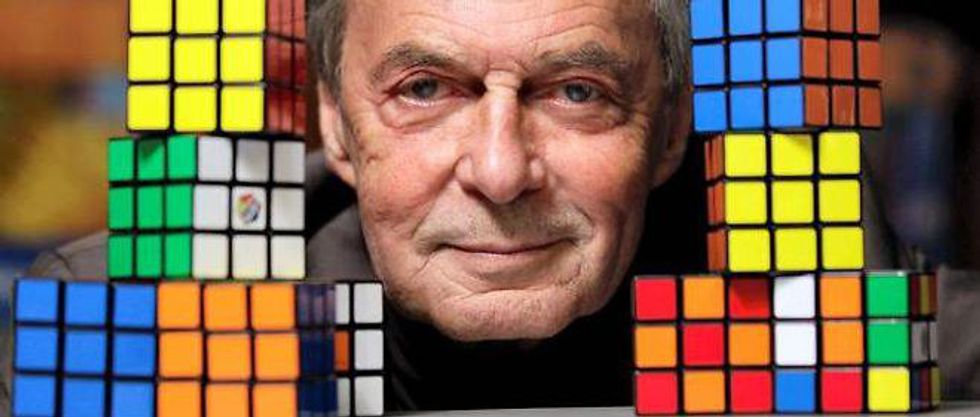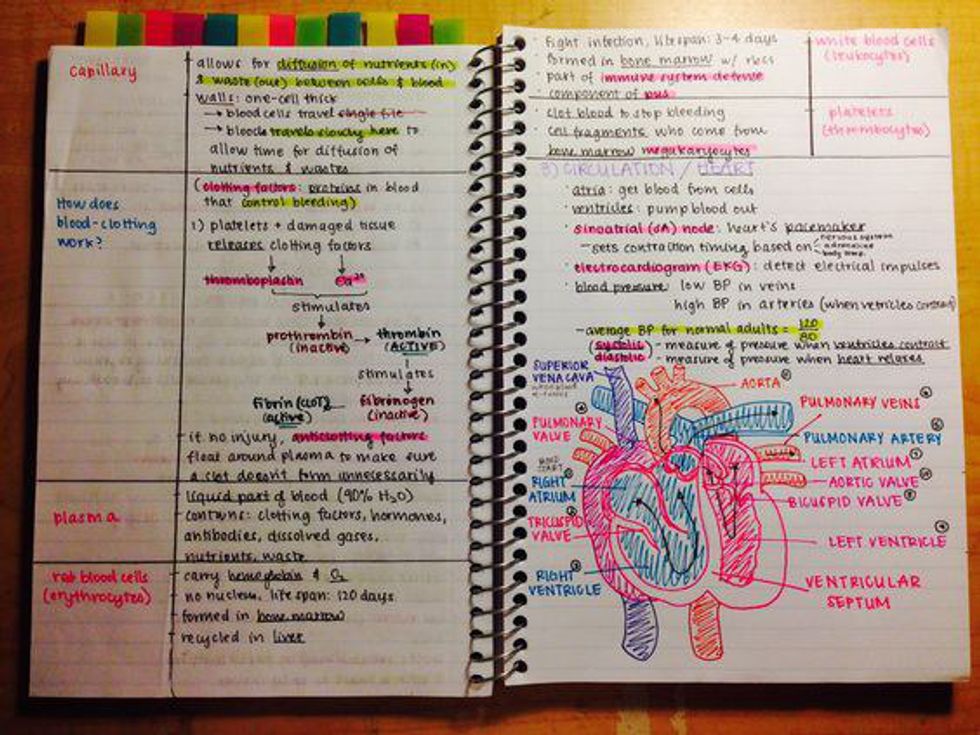It all started in 1974 when Erno Rubik created a mysterious object that was different from all other toys of its time. Little did he know that one day, his creation would become the best-selling toy ever.
"A good puzzle, it's a fair thing. Nobody is lying. It's very clear, and the problem depends just on you." – Erno Rubik
A Rubik's Cube is a solid cube with 27 individual smaller cubes called "cubies," six different faces of colors and only one correct orientation. The cube always eluded me. It seemed like another one of those nuisance-like puzzles that possessed little entertainment value, that is, until I learned how to solve one.
The cube presents an intimidating challenge at first, but with the help of some algorithms, anyone can learn how to solve this puzzle.
It's not as difficult as it seems.
The Internet is full of wonderful resources like this step-by-step guide which will teach you how to solve the cube using a beginner's method. Each rotation is denoted by a letter, and each algorithm will be presented as a set of rotations that you must execute.
When I first started solving Rubik's Cubes, I used the Fridrich Method, coined by Jessica Fridrich. The process involves first solving for a white cross on the bottom face and then essentially solving the rest of the cube layer by layer. I remember my first "real" solve taking around 10 minutes. And a few months later, I was averaging less than 30 seconds.
You will develop strong spatial reasoning skills.
Learning to solve a Rubik's Cube forces you to think in a different dimension. You must consider each rotation of the cube and the role it plays in reaching the solution. Soon enough, this will become second nature, and twisting the cube will become more intuitive.
It is rewarding.
At first glance, solving a Rubik's Cube may appear to be nothing more than a "party trick," but that's far from the truth. Each solve is a direct result of practice, skill and dedication. Now, nearly five years after I solved my first cube, I still find it fun and exciting!
The faster you get at solving, the closer you are to entering the world of speedcubing. So maybe you will never be able to achieve Felix Zemdegs' coveted 4.73 second solve, but you can always dream, right?
What are you waiting for? It's time to experience for yourself the most popular toy of the 1980s. Find a cube you like, and get twisting!













































